Kokedama is a traditional Japanese way of growing plants, which translates to “ball in a pot”. Kokedama is a compact, portable and beautiful way to grow indoor plants that allows you to create a small garden inside your home. One of the biggest advantages of Kokedama is the way it is stored. In this article, we will look at how to store plants in Kokedama.
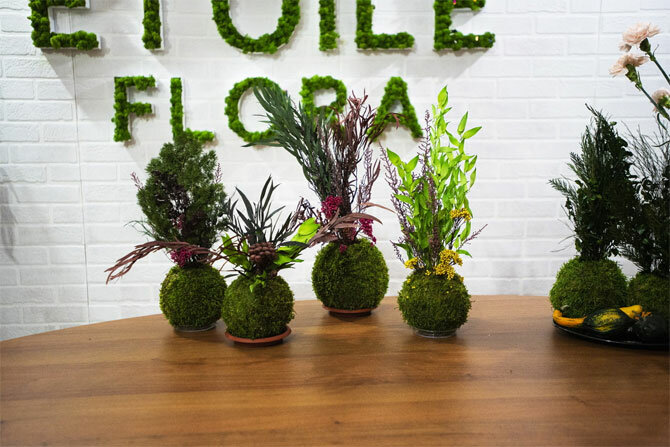
Kokedama is a garden in miniature that does not require much storage space. Plants grown in Kokedama can be placed anywhere in your home, from your living room shelf to your kitchen table. Unlike ordinary pots, Kokedama does not take up much space, so they can be easily stored anywhere there is light and water.
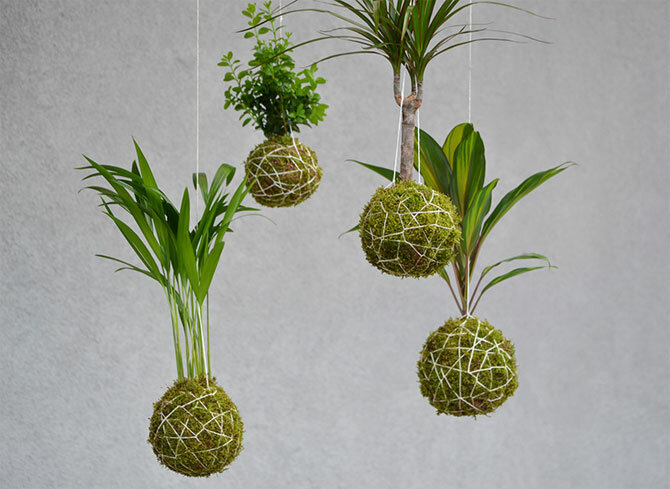
To keep Kokedama in good condition, it is necessary to monitor its watering. Kokedama requires regular watering, but do not overwater the soil. You don’t need to water Kokedama often, but it’s important to keep the soil from drying out. Store Kokedama in a place where there is no direct sunlight to avoid drying out the plants.
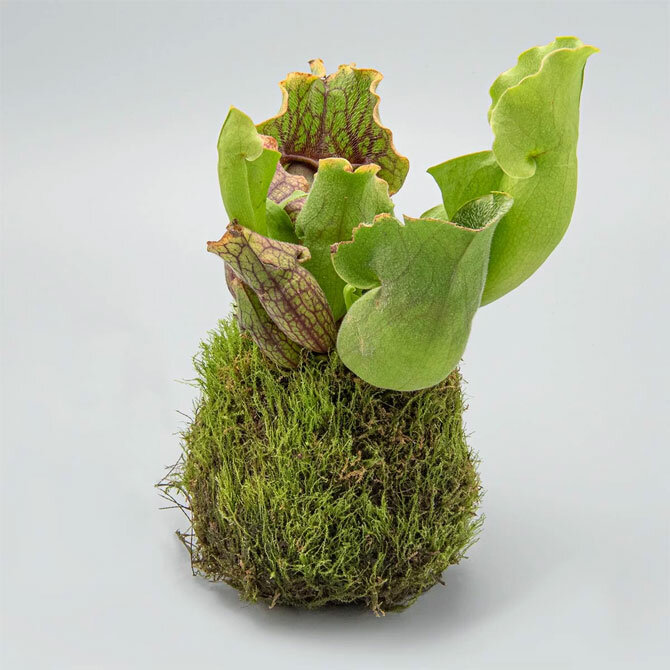
Kokedama also requires feeding. You can use regular fertilizers to provide nutrients to the plants. But do not overdo it, otherwise it can lead to waterlogging of the soil and leaching of nutrients from the soil.
Finally, to keep your Kokedama healthy and beautiful, it needs to be maintained and cleaned regularly. Remove dead leaves and flowers so as not to hinder the growth of healthy parts of the plant. Also check Kokedama regularly for pests and diseases to prevent their spread.
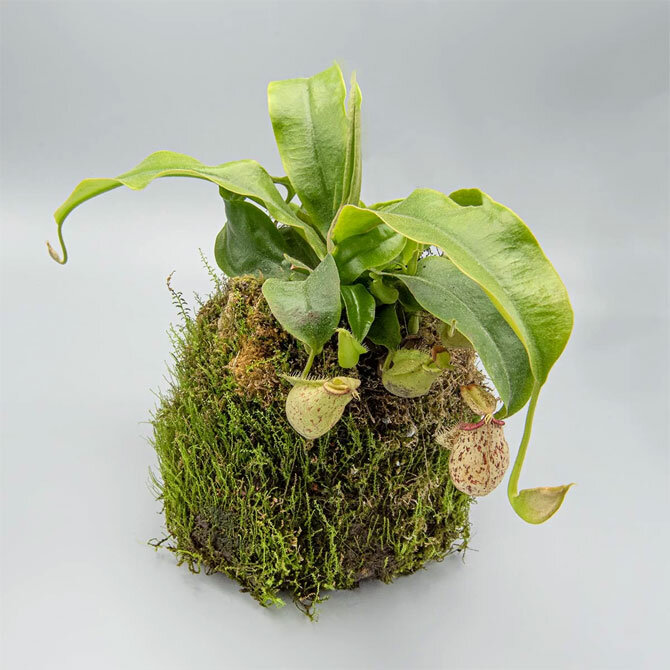
Step-by-step instructions for creating Kokedama
Step 1: Prepare materials and tools
To create a kokedama, you will need a plant of your choice, earth, sphagnum, moss, thread or rope, a bowl of water, and scissors.
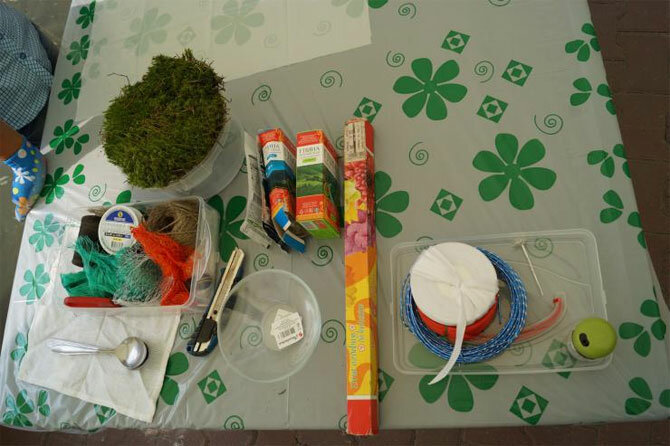
Step 2: Prepare the substrate for the plant
Mix the earth and sphagnum in equal proportions, add a little water so that the mixture becomes moist and easy to mold.
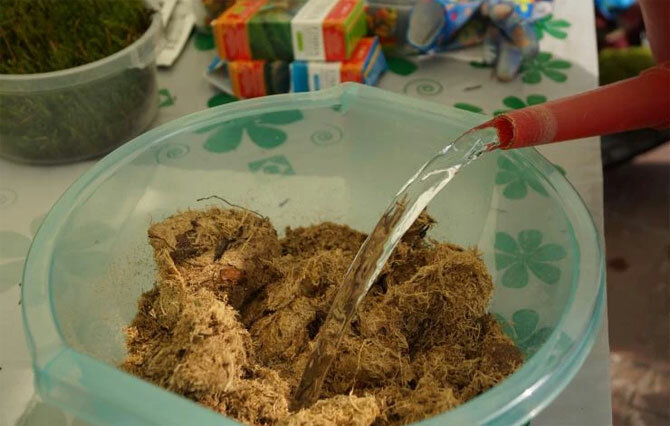
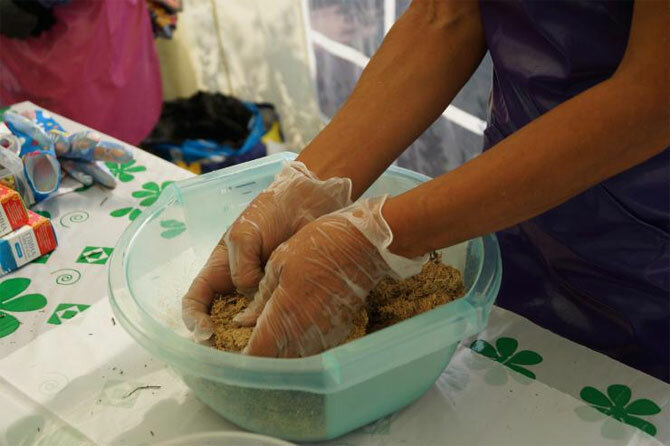
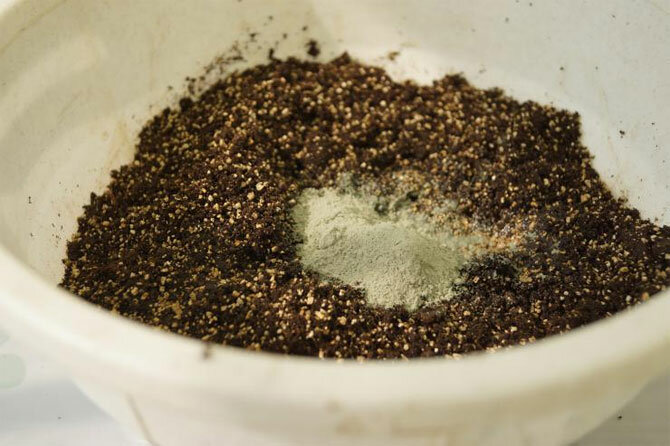
Step 3: Preparing the Plant
It is necessary to remove the plant from the pot, clean the roots from the ground and cut off strongly elongated roots.
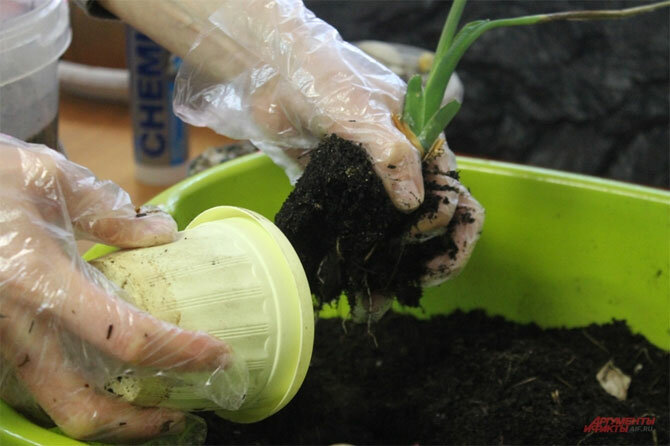
Step 4: Create a ball from the backing
Take the finished mixture of earth and sphagnum and start sculpting it around the roots of the plant. Gradually form the mixture into a ball of the desired size, compacting it well with your hands.
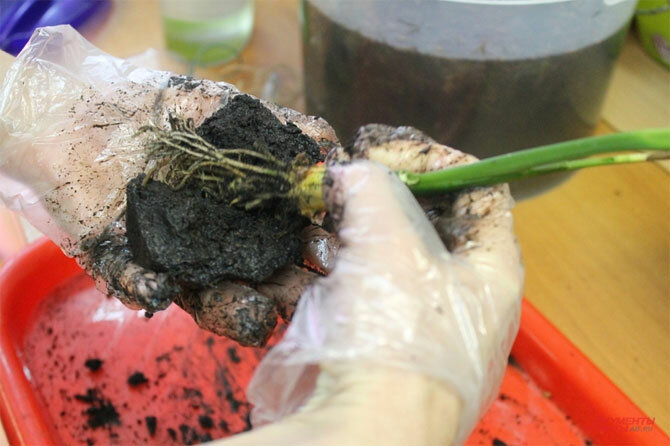
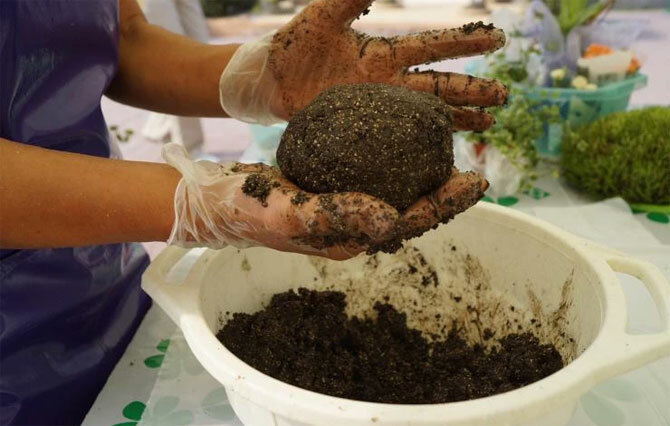
Step 5: Covering the ball with moss
Evenly wrap the ball with moss, pressing it to the surface. Moss will help retain moisture in the soil and create a spectacular appearance of the kokedama.
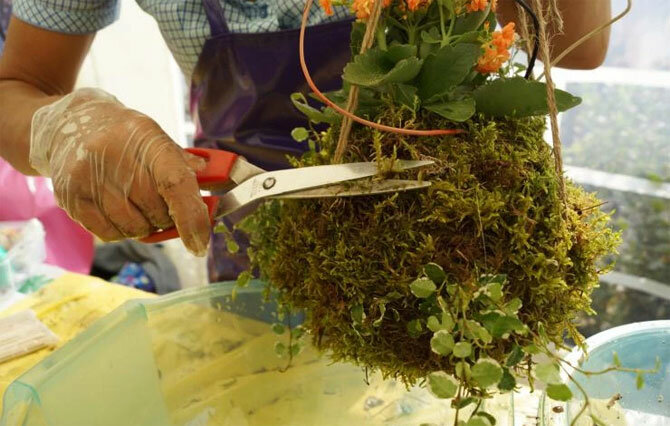
Step 6: Attaching threads
Wrap some string or string around the kokedama, securing it to the base of the plant. Leave a long enough tail so that you can later hang the kokedama.
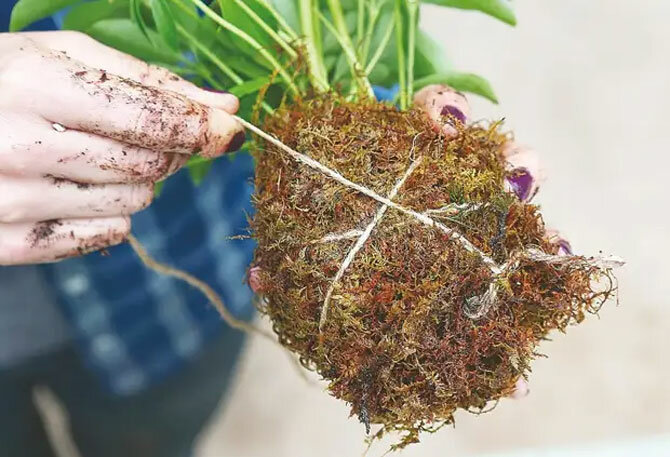
Step 7: Watering and Care
Water the kokedama with water so that the ground is well moistened, but not flooded. Keep the kokedama in partial shade, avoid direct sunlight. Check the soil moisture regularly and water the plant as needed.
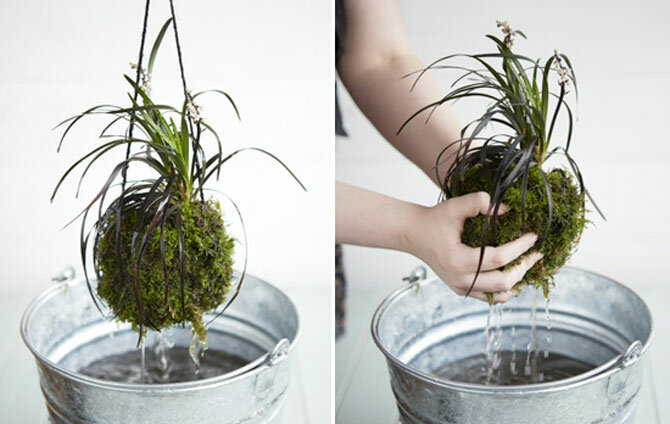
That’s it, your kokedama is ready! It will become a bright and unusual decor element for your home or office.
In conclusion, Kokedama is a convenient and beautiful way to grow indoor plants that allows you to create a small garden inside the house. In order to maintain the beauty and health of plants in kokedama, it is important to follow simple care recommendations and regularly check the condition of the roots and soil.
To be continued…




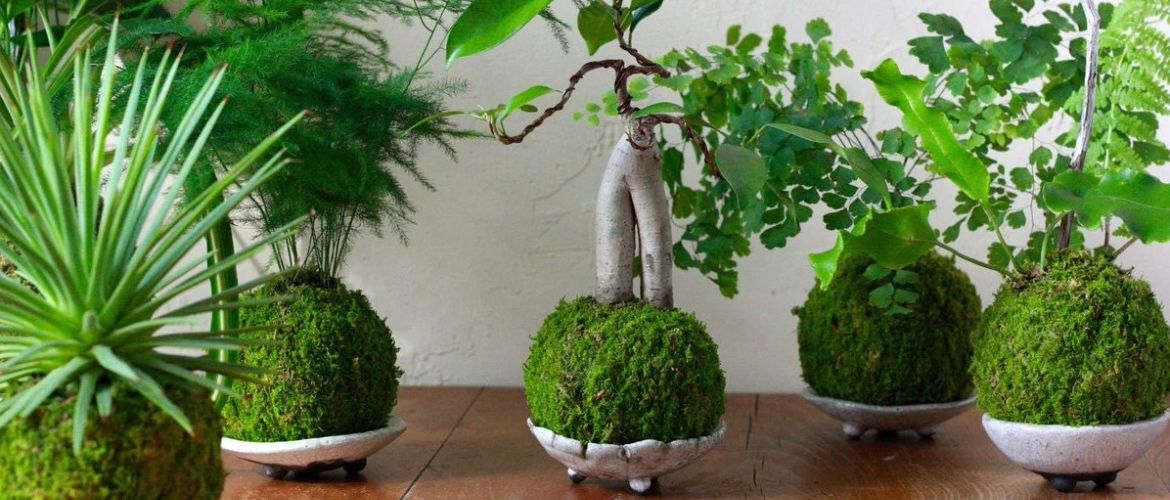
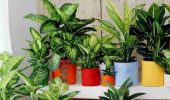
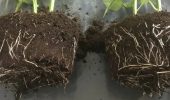
Only registered users can leave comments